Chinese competitors pose a difficulty for the European EV market. In a daring effort to overturn it, Dacia has unveiled a stunning new prototype mini electric vehicle, the Hipster Concept, with a €15,000 target price. Unveiled in Meudon, France, the Hipster weighs under 800 kilograms (including its battery pack) and spans only three metres in length.
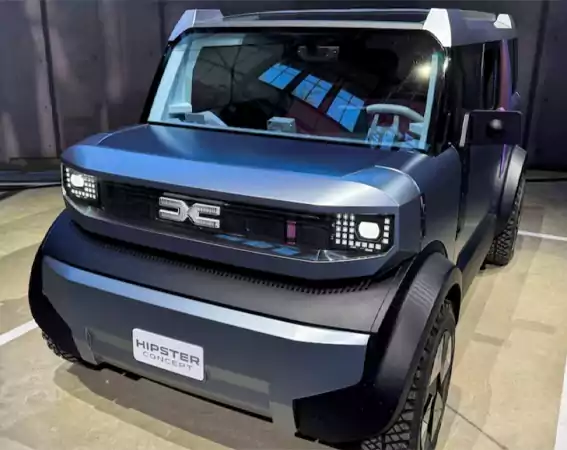
Its top speed of roughly 90 km/h is modest by highway standards but enough for urban use. Dacia claims it has seating for four and a surprisingly flexible cabin design, even though its outside is small. Dacia has removed many features thought optional in premium models in order to meet its ambitious pricing goal. The Dacia Hipster Concept offers canvas seating, manual windows, simple electronics, door straps rather than handles, and a uniform paint finish across the entire body.
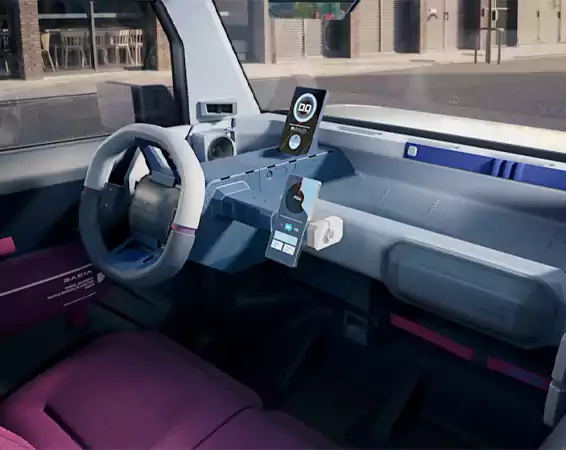
In essence, the design emphasizes basic mobility above extras, leaning into functional minimalism. This action is not only about presenting a small prototype. Together with Stellantis (a previous bitter end of partnership with Amazon), Dacia is aggressively pushing for a new European vehicle categorization suited to ultra-compact EVs. The proposed classification would reduce some of the stringent safety and regulatory rules applied to full-fledged cars, which they contend are excessive for low-speed urban movement.
Approved, the legislative change might release a flood of lighter, less expensive electric cars all throughout Europe. Katrin Adt, CEO of Dacia, said that the prototype captured the brand’s idea of “local, daily movement” and stressed the company’s readiness to move towards mass market production if rules and demand allow.
Still, there are major obstacles: consumer acceptance, production logistics, safety trade-offs, and final regulatory permission will all help to determine if the Hipster Concept becomes a real product. Dacia’s gambit begs a provocative question: can downsizing and simplification provide an edge when established manufacturers and Chinese EV producers are fighting for affordability and scale? What ought to be the main lever to democratize electric mobility in Europe? Time and regulation will only reveal.
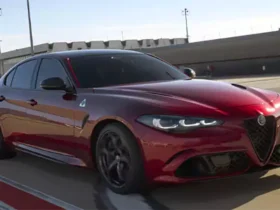
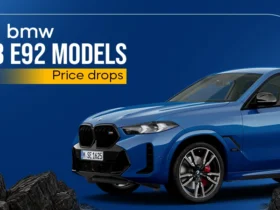




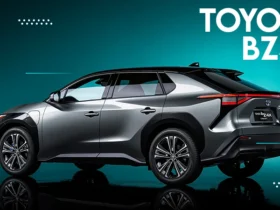







Leave a Reply